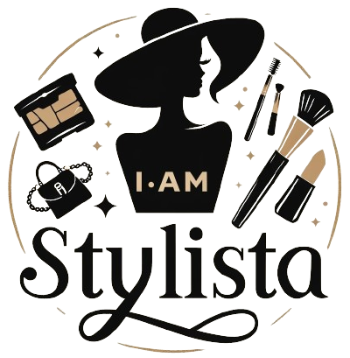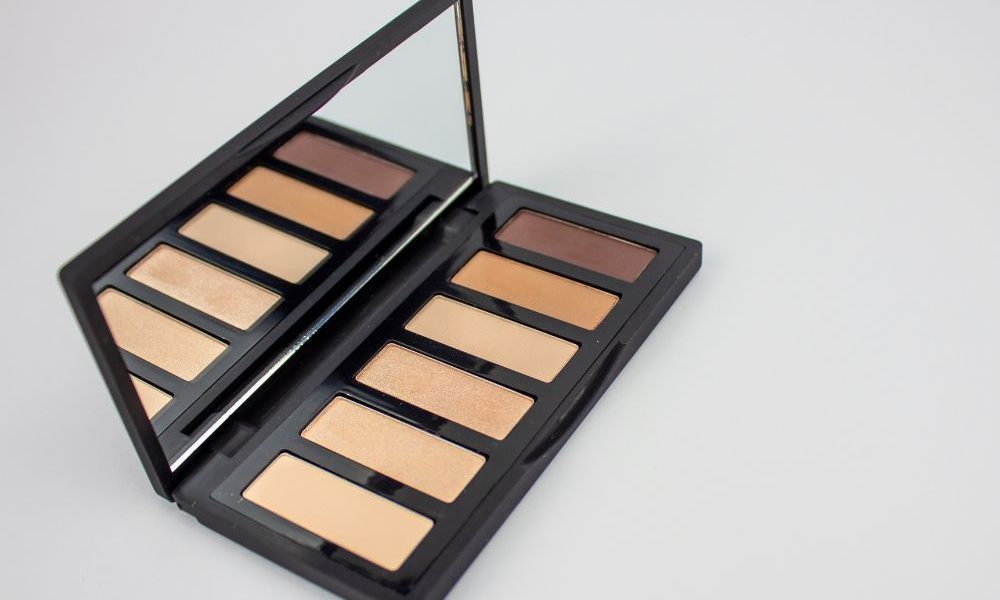Eyeshadow can be more than just a makeup step; it’s a way to express creativity and enhance your natural beauty. Going beyond basic application can transform your look and boost your confidence. This guide will walk you through advanced eyeshadow techniques, with tips and insights from top makeup artists.
Understanding the Basics
Before diving into advanced techniques, it’s crucial to master the basics. Pat McGrath, a legendary makeup artist, says: “Eyeshadow is all about creating dimension and depth. Use a combination of light and dark shades to sculpt your eyes and make them pop.” (Source: Pat McGrath Labs)
The Essentials:
- Base Primer: Start with an eyeshadow primer to ensure your makeup lasts all day.
- Neutral Transition Shade: Use a neutral color as a base to help blend other shades seamlessly.
- Highlight: Apply a light shade on the brow bone and inner corner of the eyes to open up the eyes.
- Contour: Use darker shades in the crease and outer corner to add depth.
Advanced Techniques
1. Cut Crease
The cut crease technique defines the crease by cutting through it with a contrasting shade. This creates a dramatic look and makes the eyes appear larger.
Steps:
- Apply a neutral base shade over the entire lid.
- Use a dark shade in the crease and blend well.
- With a flat brush, apply concealer on the lid to create a sharp line just above the crease.
- Pack a bright or shimmery shade over the concealer.
Katie Jane Hughes, a celebrity makeup artist, emphasizes: “Don’t be afraid to play with color and texture. Eyeshadow is an art form, and there are no rules. The most important thing is to have fun and express yourself.” (Source: Katie Jane Hughes Instagram)
2. Halo Eyes
Halo eyes create a spotlight effect in the center of the lid, giving a bright, rounded look.
Steps:
- Apply a medium shade to the inner and outer corners of the lid.
- Blend a darker shade into the crease and connect the inner and outer corners.
- Apply a light or shimmery shade to the center of the lid, blending the edges for a seamless look.
3. Smokey Eyes with a Twist
The classic smokey eye gets an update with unexpected colors like burgundy or navy.
Steps:
- Apply a dark shade to the lid and blend upwards into the crease.
- Use a lighter, complementary shade to blend out the edges.
- Apply the same dark shade along the lower lash line.
- Highlight the inner corner and brow bone with a light shade.
4. Gradient Effect
Creating a gradient effect involves blending multiple shades seamlessly across the lid.
Steps:
- Start with the lightest shade on the inner corner.
- Gradually add darker shades towards the outer corner, blending where they meet.
- Ensure smooth transitions with a fluffy blending brush.
Lisa Potter-Dixon, makeup artist and author, advises: “Blending is key when it comes to eyeshadow. Use a fluffy brush to blend the edges of each shade for a seamless, professional-looking finish.” (Source: “Makeup Manual: Your Beauty Guide for Brows, Eyes, Skin, Lips and More”)
Enhancing Techniques with Personal Experience
My First Cut Crease Attempt
I remember my first attempt at a cut crease. I was nervous, but excited to try something new. After watching a few tutorials, I carefully followed the steps. The result was amazing! It was a bold look that got me lots of compliments, and I felt proud of trying something outside my comfort zone.
Expert Insights
Dewy Skin and Bold Eyeshadow
Nam Vo, a celebrity makeup artist, says: “Dewy skin is the perfect canvas for a bold eyeshadow look. It creates a fresh, youthful appearance and helps the colors to really stand out.” (Source: Nam Vo’s Instagram)
Choosing the Right Tools
The right brushes can make a significant difference. Invest in a good set of eyeshadow brushes, including:
- Flat Shader Brush: For packing color onto the lid.
- Fluffy Blending Brush: For seamless blending.
- Pencil Brush: For detailed work in the crease and along the lash line.
The Science Behind Eyeshadow
The Psychology of Color
Different eyeshadow colors can influence mood and perception. A study in the Journal of Cosmetic Science (2020) explores this, stating: “Certain colors, such as blue and green, can evoke feelings of calmness and serenity, while warmer colors like red and orange can create a sense of excitement and energy.”
Impact of Application Techniques
A study in Evolutionary Psychology (2017) investigated how different makeup techniques affect facial attractiveness: “Techniques like contouring and highlighting can enhance certain facial features and create a more youthful appearance.”
Quick Tips for Troubleshooting
Uneven Blending
- Solution: Use a clean, fluffy brush to blend out harsh edges. Small, circular motions help soften the lines.
Fallout Issues
- Solution: Apply eyeshadow before your face makeup, or use a setting powder under the eyes to catch fallout.
Creasing
- Solution: Always start with a primer and set it with a neutral powder before applying eyeshadow.
Ready to transform your eyeshadow game? Start experimenting with these techniques and discover what works best for you. Share your looks on social media, tag your favorite makeup artists, and inspire others to step out of their comfort zones. Remember, makeup is about self-expression and having fun. Enjoy the process and let your creativity shine!




